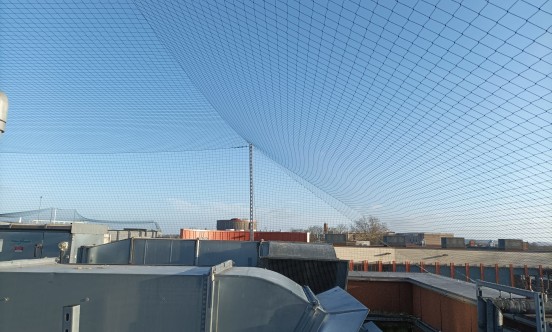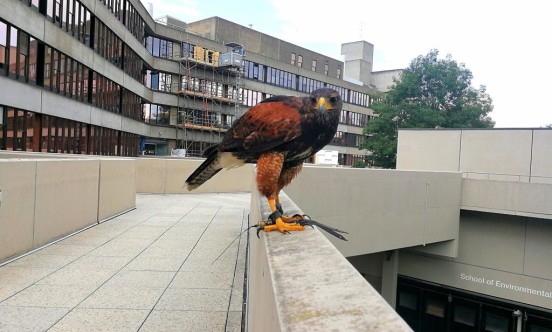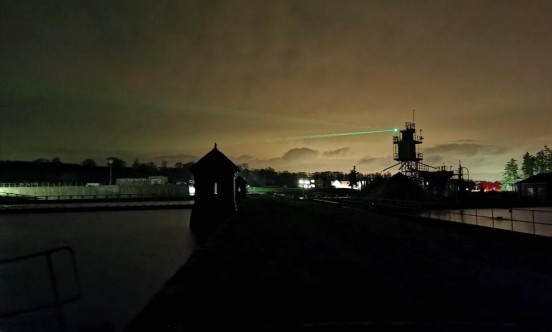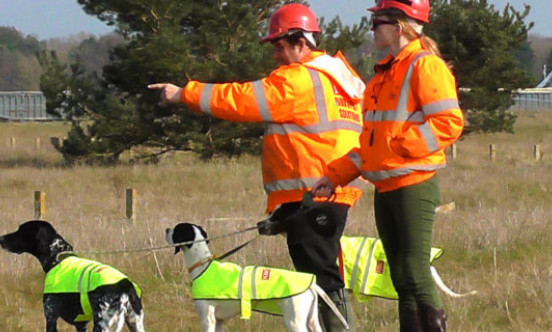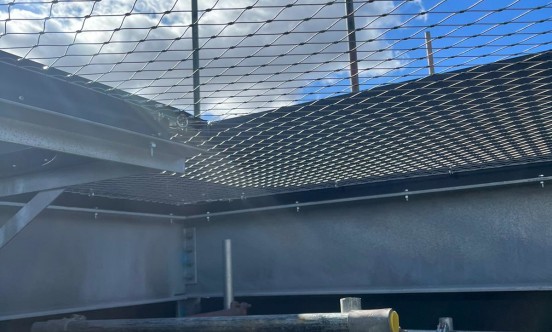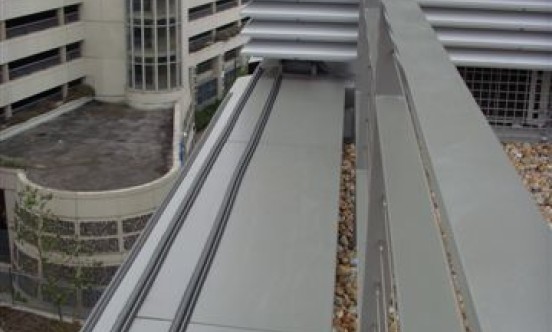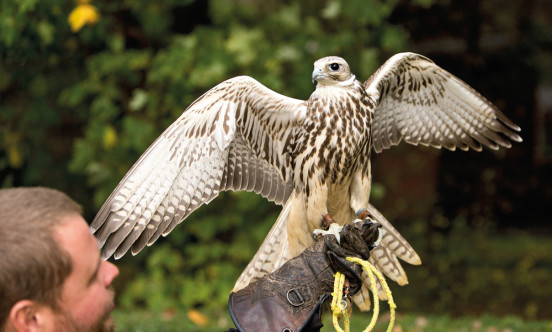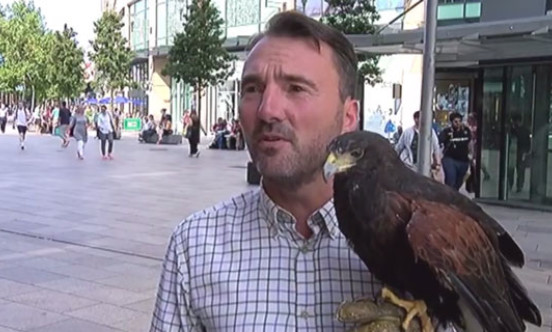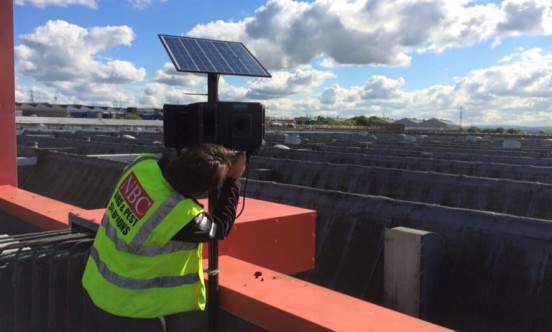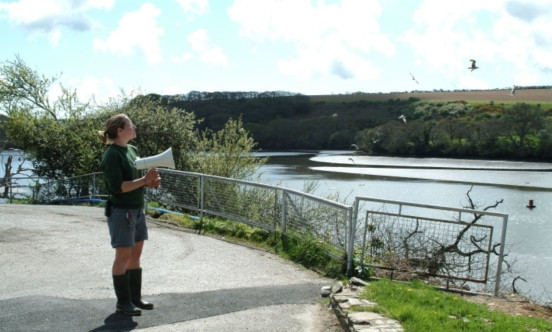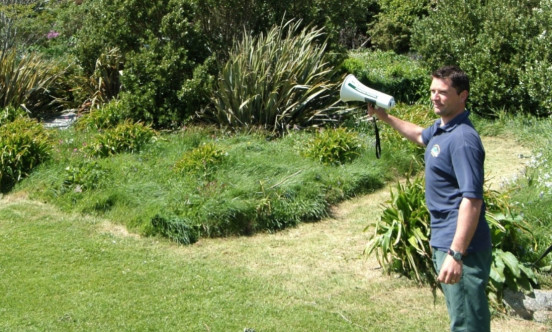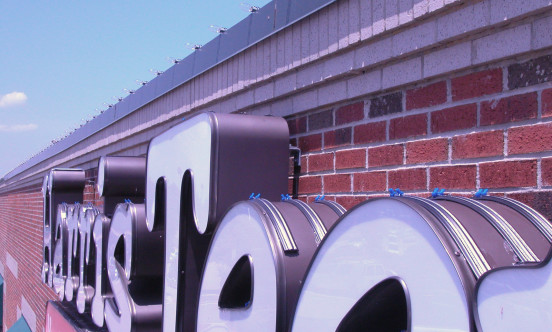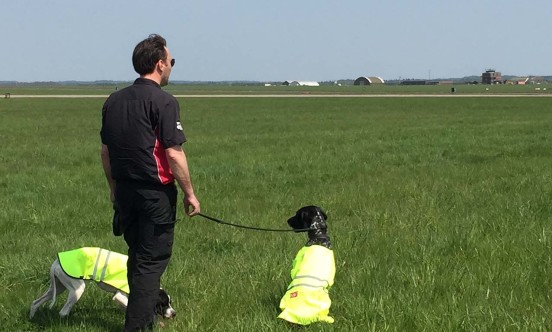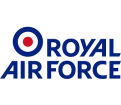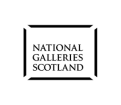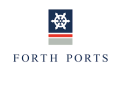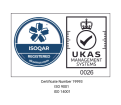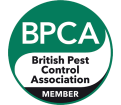
Call 0333 567 2020 for advice and quotes or contact us online
Ensuring air safety at RAF Marham
Gallery
Bird control at F35 Lightning II fleet site
MOD Marham in Norfolk was confirmed as a main operating station in the UK for the US fleet of F35 Lightning II fighter jets. Three new facilities were required for training, operating and maintaining the F35 Lightning II Fleet. All construction developments require an ecological survey to mitigate the risk of conflict with ecosystems and nature. The preliminary ecological report at RAF Marham identified a significant risk of the project being delayed due to breeding birds and wildlife.
Project overview
Working with BAE systems and Balfour Beatty our bird control team provided ongoing solutions to mitigate the risk of birds delaying the project or impacting the safety of airside operations.
Our solution
Initial construction activities requiring consideration to prevent delays and ensure safety included stripping back of soil and the demolition of existing hangers. Stripping back soil can attract flocking birds which would increase current populations at the site. The potential increased in bird activity would have overwhelmed current airfield control measures.
During demolition, buildings are susceptible to roosting or nesting birds as existing bird control measures are removed and access left open as required for operations.
Bird Hazard Management Solutions
Recommended bird control solutions included:
- A clear mitigation plan being drawn up with a clear schedule for bird control management methods. Timing was crucial to mitigating potential delays and safety at the site.
- Increased bird control measures to complement existing bird control on site to remove all risk.
- Safe conservation zones being identified to allow breeding birds to continue to safely breed.
- Arboricultural management outside of the birds breeding season to reduce the risk of birds nesting in the development zone.
- Additional disruption and dispersal using falconry, dogs, and proven bird deterrent methods.
- Daily monitoring, including the use of GPS with regular reporting on wildlife activity.
Bird Disruption & Dispersal Methods
All bird dispersal and control methods used during the development and construction were non-lethal and only designed to modify natural behaviours. The bird hazard management plan removed the risk of any operational delays or negative publicity but ensured air safety and legislative compliance.
Our teams have employed working dogs as an effective deterrent to nesting birds for a number of years. This approach is particularly successful for new developments and airfield operations. Using dog patrols will encourage birds to remain in designated conservation zones. It will also disrupt bird breeding behaviour in sensitive areas of the development preventing courtship behaviour and nesting.
Falconry was also used in the hangers as a non-lethal means to remove birds and were supported by our working dogs. As part of the bird hazard management plan, secondary control methods such as laser deterrents, audio deterrents, and visual deterrents were also utilised.
